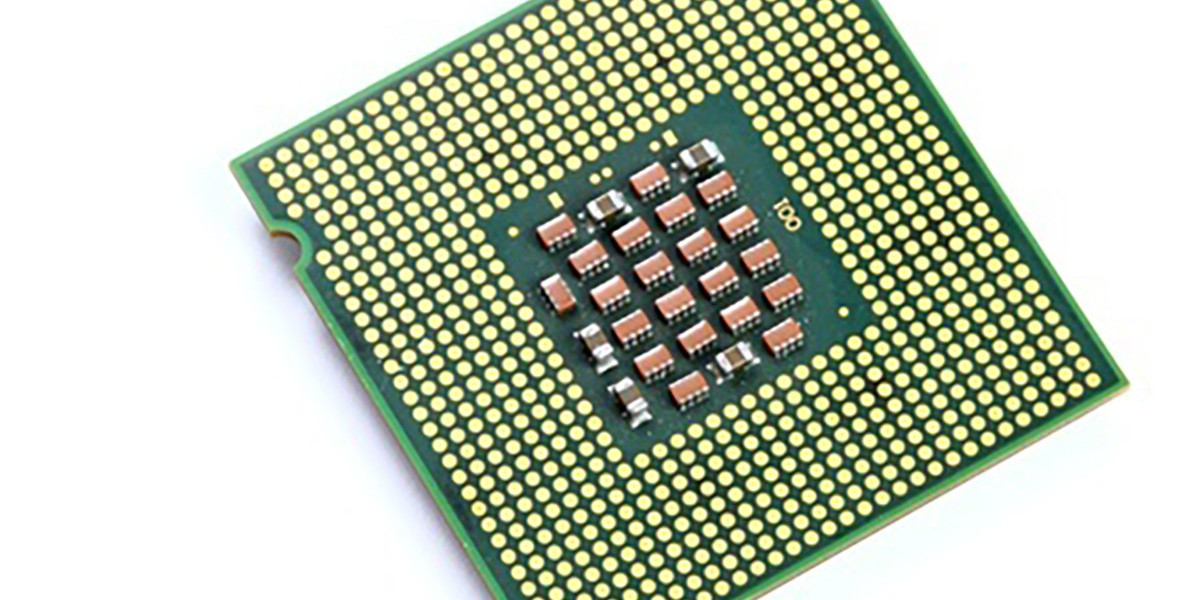In the dynamic landscape of semiconductor design, the integration of IP-XACT and SystemRDL embarks on a trailblazing journey as these standards adapt to spearhead the incorporation of two revolutionary technologies—AI/ML and neuromorphic computing. This article explores the pioneering role of IP-XACT and SystemRDL in navigating the uncharted waters of these emerging domains, illuminating a path towards enhanced efficiency, precision, and innovation in semiconductor design.
Venturing into the Unexplored Realms of AI/ML and Neuromorphic Computing
1. The Epoch of Transformation:
AI/ML and neuromorphic computing usher in a new era of transformation in semiconductor design, presenting designers with unprecedented challenges and opportunities. The integration of these cutting-edge technologies requires innovative approaches to design and verification.
2. The Call for Adaptive Standards:
As the semiconductor industry adapts to the demands of AI/ML and neuromorphic computing, the need for flexible and adaptive standards becomes apparent. IP-XACT and SystemRDL, known for their versatility, emerge as indispensable tools, flexing to accommodate the unique requirements of these transformative technologies.
IP-XACT: Navigating the Complexities of AI/ML Integration
1. Standardized Representation for AI/ML Dynamics:
IP-XACT evolves to encapsulate the intricate dynamics of AI/ML components. Its vendor-neutral and standardized representation capabilities offer a common language for describing the complexities of neural network architectures, specialized processing units, and other pivotal elements in AI/ML designs.
2. Bridging the Integration Abyss:
In the heterogeneous landscape of AI/ML, where diverse components converge, IP-XACT serves as a bridge, facilitating seamless integration. The standardized format ensures a harmonious representation of AI/ML elements, fostering interoperability and smoothing the integration process. This adaptability proves instrumental in managing the diverse landscape of AI/ML designs.
3. Pioneering Early Verification in AI/ML Design:
The incorporation of IP-XACT introduces an early verification paradigm for AI/ML designs. Designers can construct comprehensive verification environments that encompass the interconnected AI/ML components, allowing for thorough testing and analysis. This proactive approach aids in identifying and addressing potential challenges early in the design cycle, a critical success factor for AI/ML projects.
SystemRDL: Precision in the Neuromorphic Tapestry
1. Register Descriptions Unveiled for Neuromorphic Wonders:
Neuromorphic computing introduces a unique set of challenges, particularly in the realm of specialized register descriptions. SystemRDL steps forward to provide a precise language for articulating register interfaces within these specialized components. This precision ensures that the intricate details of neuromorphic register descriptions are accurately captured, enhancing the overall understanding of system behavior.
2. Seamless Choreography with IP-XACT:
SystemRDL seamlessly waltzes with IP-XACT, ensuring that register descriptions within neuromorphic components align seamlessly with the overall representation of the system. This harmonious integration enhances accuracy in system-level design by providing detailed insights into the configuration and control aspects of individual neuromorphic elements.
3. Harmonizing Communication in the Neuromorphic Symphony:
In the intricate landscape of neuromorphic computing, where communication is the key, SystemRDL enforces a standardized approach to register modeling. Clear, consistent, and universally comprehensible register descriptions foster effective communication among design and verification teams working on neuromorphic projects.
Research Projects: Unveiling the Future of AI/ML and Neuromorphic Design
1. Quest for Optimal Utilization:
Research projects actively explore the optimization of IP-XACT and SystemRDL for AI/ML and neuromorphic computing applications. These initiatives delve into methodologies and extensions to the standards, uncovering new ways to enhance their applicability in these dynamic domains.
2. Collective Endeavors Across Industries:
The adaptation of IP-XACT and SystemRDL for emerging technologies is a collaborative effort. Research projects bring together diverse perspectives, fostering a collective understanding of how these standards can be tailored to meet the evolving needs of the semiconductor landscape in the AI/ML and neuromorphic era.
3. Igniting Innovation on the Technological Frontiers:
As the industry pioneers the integration of IP-XACT and SystemRDL in AI/ML and neuromorphic computing, these standards become igniters of innovation. Ongoing research initiatives not only address current challenges but also lay the foundation for the next wave of innovations in semiconductor design.
Conclusion: A New Epoch in Semiconductor Design Unfolds
In conclusion, the amalgamation of IP-XACT and SystemRDL marks the commencement of a new epoch in semiconductor design, characterized by the integration of AI/ML and neuromorphic computing. These standards, adapting to meet the challenges of transformative technologies, play a pivotal role in navigating the complexities of uncharted territories. Through early verification paradigms, precise register descriptions, and ongoing research endeavors, IP-XACT and SystemRDL are guiding the semiconductor industry towards a future defined by efficiency, precision, and groundbreaking innovations. As the industry pioneers these adaptations, the collaborative efforts and adaptive nature of these standards become key drivers, shaping the future landscape of semiconductor design on the cusp of technological frontiers.








